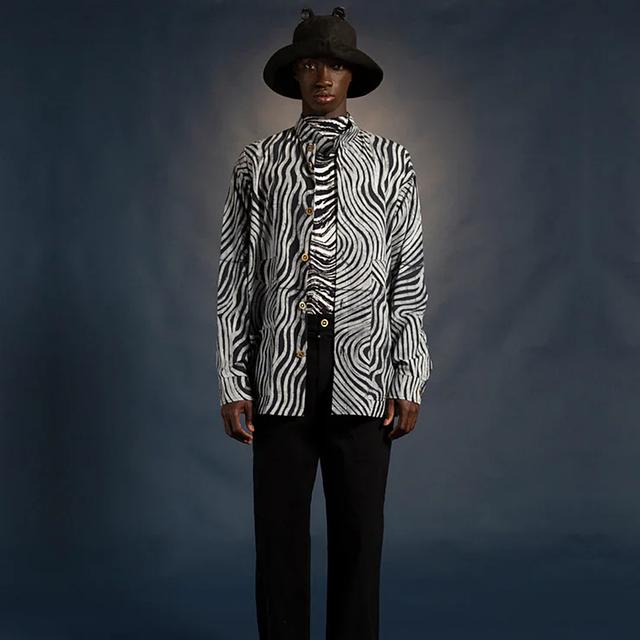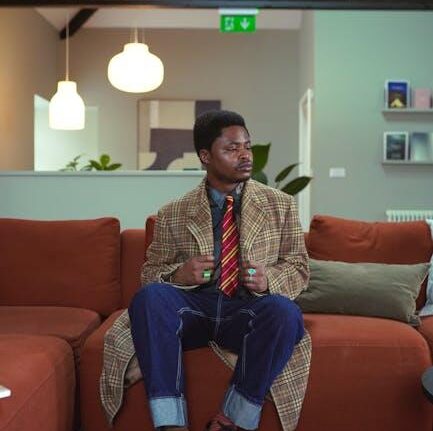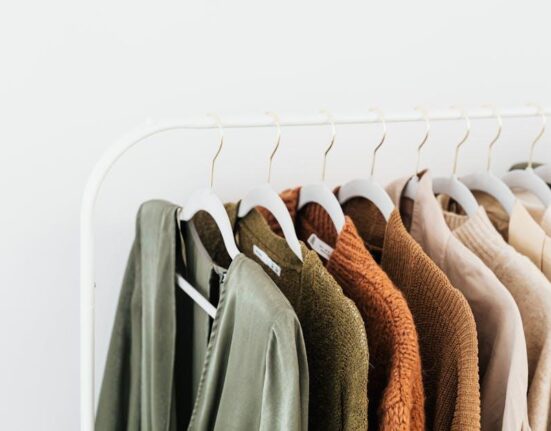In a world where fashion trends evolve at lightning speed, the conversation surrounding ethical fashion is gaining momentum. As consumers become increasingly aware of the environmental and social impact of their clothing choices,the question emerges: can we achieve the latest styles while still championing sustainability? The marriage of trend-driven aesthetics with ethical fashion is frequently enough steeped in perception,and many wonder weather the task of creating chic,responsible outfits is a herculean effort or a seamless integration of values and style.In this article, we delve into the complexities of ethical fashion, exploring whether styling thes conscientious pieces is a challenge to overcome or a creative playground waiting to be discovered. Join us as we unravel the threads of sustainability and innovation, guiding you through the nuanced landscape where conscious consumerism meets contemporary flair.
Exploring the Intersection of ethics and aesthetics in fashion
At the heart of contemporary fashion is a dynamic interplay between ethical responsibility and stylistic innovation. Today’s conscious consumers are not merely asking what thay wear; they’re questioning how it’s made and the implications of their choices. This shift invites designers to merge sustainability with aesthetic appeal. As an example,brands are utilizing eco-friendly materials such as organic cotton,recycled polyester,and bamboo,successfully crafting pieces that resonate with style-conscious individuals. Recognizing the growing demand for ethical production, developers are exploring designs that encapsulate current trends while promoting values of transparency and fair labor practices.
Moreover, styling ethical fashion to create trend-driven looks is not an insurmountable challenge. With a bit of creativity and knowledge of current trends, one can effortlessly curate outfits that are both chic and responsible. Key strategies include:
- Layering with intention: Combining various textures and colors enhances visual interest while showcasing the versatility of enduring pieces.
- Accessorizing mindfully: Thoughtful use of vegan bags and ethically sourced jewelry can elevate an outfit.
- Mixing old with new: Thrifting offers unique vintage finds that can be integrated into modern attire.
To illustrate this concept further, here’s a brief comparison of key materials used in ethical fashion:
| Material | environmental Impact | Aesthetic Quality |
|---|---|---|
| Organic Cotton | Lower water usage & pesticide-free | Soft, breathable, versatile |
| Recycled polyester | Reduces plastic waste | Diverse textures, vibrant colors |
| Hemp | Minimal pesticides, rapid growth | Durable, unique variations |

Key Sustainable Fabrics That Elevate Your Wardrobe
In an era where ethical fashion is gaining momentum, choosing sustainable fabrics can substantially enhance your wardrobe’s ecological footprint while keeping your style on point. Consider integrating materials such as organic cotton, which is grown without synthetic pesticides and fertilizers, making it not only soft to the touch but also better for the environment. Another exciting option is TENCEL™ Lyocell, derived from sustainably sourced wood pulp.This fabric boasts natural breathability and moisture-wicking properties, making your clothing both agreeable and chic.
For those looking to take their wardrobe a step further, recycled polyester is an excellent choice that embodies innovation in textile recycling. Transforming plastic bottles into luxurious fabrics not only reduces waste but also offers a durable option for trendy garments. Additionally, hemp is making a comeback due to its low environmental impact and natural resistance to pests, which means less water and fewer chemicals are needed in its cultivation.By opting for these fabrics,you can curate a wardrobe that champions sustainability without sacrificing style.

Mastering Color and Texture Combinations for Ethical Ensembles
Creating stunning ethical outfits involves a thoughtful blend of color and texture that resonates with sustainable values while keeping up with contemporary trends. Start by exploring a color palette that reflects not just personal style but also the essence of nature. Consider using earthy tones—like olive greens, deep browns, and sandy beiges—that evoke a sense of connection to the environment. Pairing these with pops of vibrant colors—such as mustard yellow or coral orange—can elevate the ensemble. Texture plays a crucial role as well; mixing fabrics like organic cotton, linen, and Tencel can enhance depth while ensuring comfort and breathability.
To craft a well-balanced look, focus on the scale and proportion of your textures. For instance, layering a chunky knit with a slick, smooth fabric can create a visually appealing contrast. Don’t shy away from experimenting with patterns too; eco-friendly prints, like botanical motifs or geometric styles, can add a layer of interest to your outfit. Below are some basic combinations to inspire your styling choices:
| Fabric type | suggested Pairing | ideal Color Palette |
|---|---|---|
| Organic Cotton | Denim | Pastels & Earth Tones |
| Hemp | Linen | Neutrals & Deep Greens |
| Tencel | Silk | Soft Grays & Blush |

Practical tips for Embracing Trend-Driven Ethical Fashion
Embracing ethical fashion doesn’t mean sacrificing style. One of the most effective ways to ensure your wardrobe stays trendy while being conscious of your choices is to focus on mix and match. Consider building a capsule wardrobe with versatile pieces that can be styled in multiple ways.Some essentials to include are:
- Classic denim pieces – A great pair of ethically made jeans can be dressed up or down.
- Timeless blazers – Perfect for layering over casual outfits or wearing in a more polished context.
- Statement accessories – Opt for handcrafted jewelry or bags that add flair to any outfit.
In addition, keeping an eye on seasonal trends while respecting your values can be simple with the right approach. Research the color palettes and styles dominating the current fashion scene, and align them with ethical brands that echo those designs. Creating a style guide or mood board can help visualize combinations that are both trendy and sustainable. Consider the following recent trends when shopping ethically:
| Trend | Ethical Alternative |
|---|---|
| Oversized silhouettes | Eco-friendly oversized shirts and dresses |
| Earthy tones | Sustainable fabrics in browns and greens |
| Layering | Multifunctional outerwear |
The Way Forward
styling ethical fashion for trendy looks may seem like a daunting challenge at first, but it unveils a realm of creativity and innovation that transcends conventional fashion norms. Embracing sustainability and style doesn’t mean sacrificing individuality; rather, it’s an opportunity to redefine what it means to be chic in the modern world. With a thoughtful approach and a keen eye for versatile pieces, anyone can craft distinct outfits that are not only visually appealing but also align with their values. The journey toward a more sustainable wardrobe can be both rewarding and expressive, proving that in the realm of fashion, it’s not just about looking good – it’s about feeling good in what you wear. So, whether your a seasoned eco-fashionista or just starting to explore these meaningful choices, remember: style is not merely about the clothes you wear, but the story you choose to tell. Happy styling!








Leave feedback about this